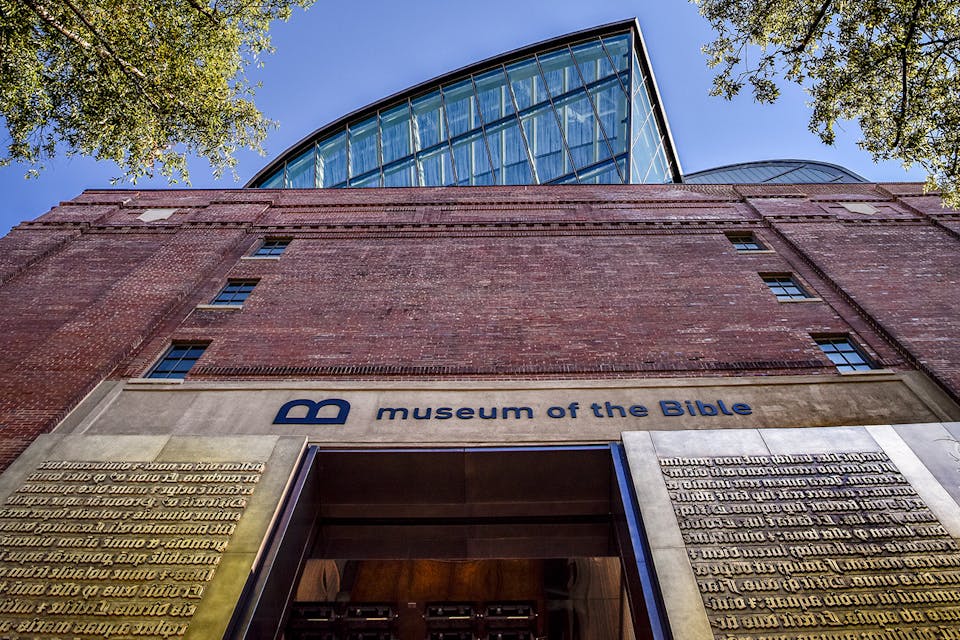
January 29, 2018
The Impact of the Bible
What better explains the sudden rise of republican government in the 16th and 17th centuries than the new and widespread availability of the Bible? And that's not all.
My thanks to Edward Rothstein, Peter Wehner, and Jon D. Levenson for their stimulating responses to my essay on the Museum of the Bible. In these final comments, I’ll be bouncing more or less freely off of theirs.
Let’s begin with the issue of “whose” Bible, exactly, the museum has in mind. Responding to my remark that Jews and Christians historically “made slightly different choices about which books to include in the biblical canon,” Jon D.Levenson gently reminds us that the Christian decision to include the New Testament in the canon was more than a “slightly different choice.” Of course I agree: it was a choice of a wholly different magnitude from deciding whether or not, for instance, to count the book of Judith as scripture.
Still, it is not inconceivable that Christianity, a faith born among Jews in the Holy Land, might have taken the path eventually chosen by Islam and rejected the Hebrew Bible altogether in favor of regarding only the New Testament as the word of God. This possibility was raised—and definitively dismissed—by the Church in the second century, thus paving the way for the Museum of the Bible today to present the Bible as shared Jewish and Christian scripture.
Responses to January ’s Essay
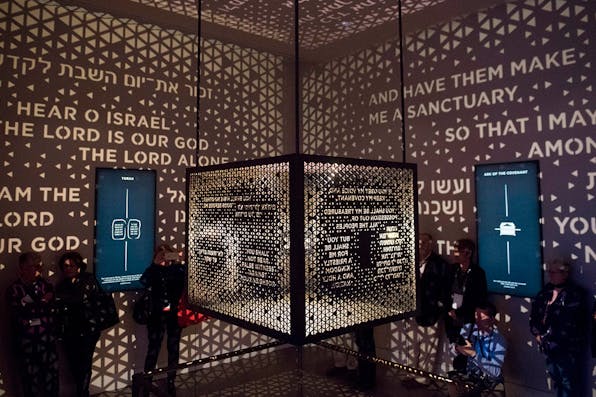
January 2018
Biblical Illiteracy = Cultural Illiteracy
By Edward Rothstein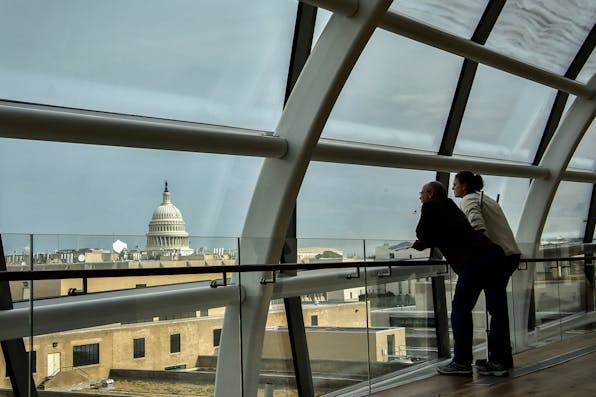
January 2018
The Bible Has Long Deserved a Museum. Now it Finally Has One.
By Peter Wehner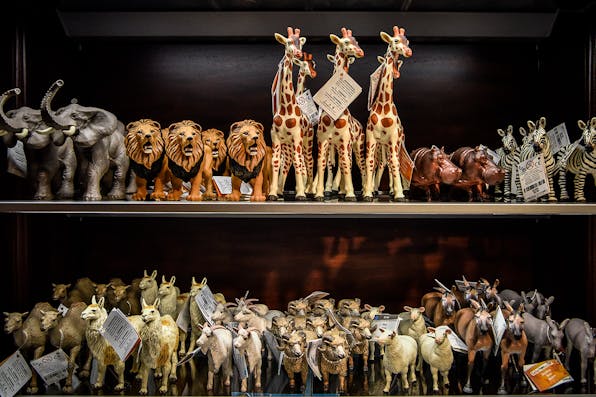
January 2018
A Museum for the Bible in a Religiously Diverse Land
By Jon D. Levenson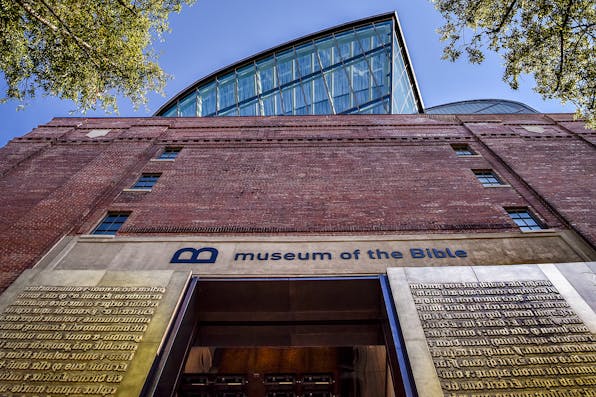
January 2018
The Impact of the Bible
By Diana Muir Appelbaum